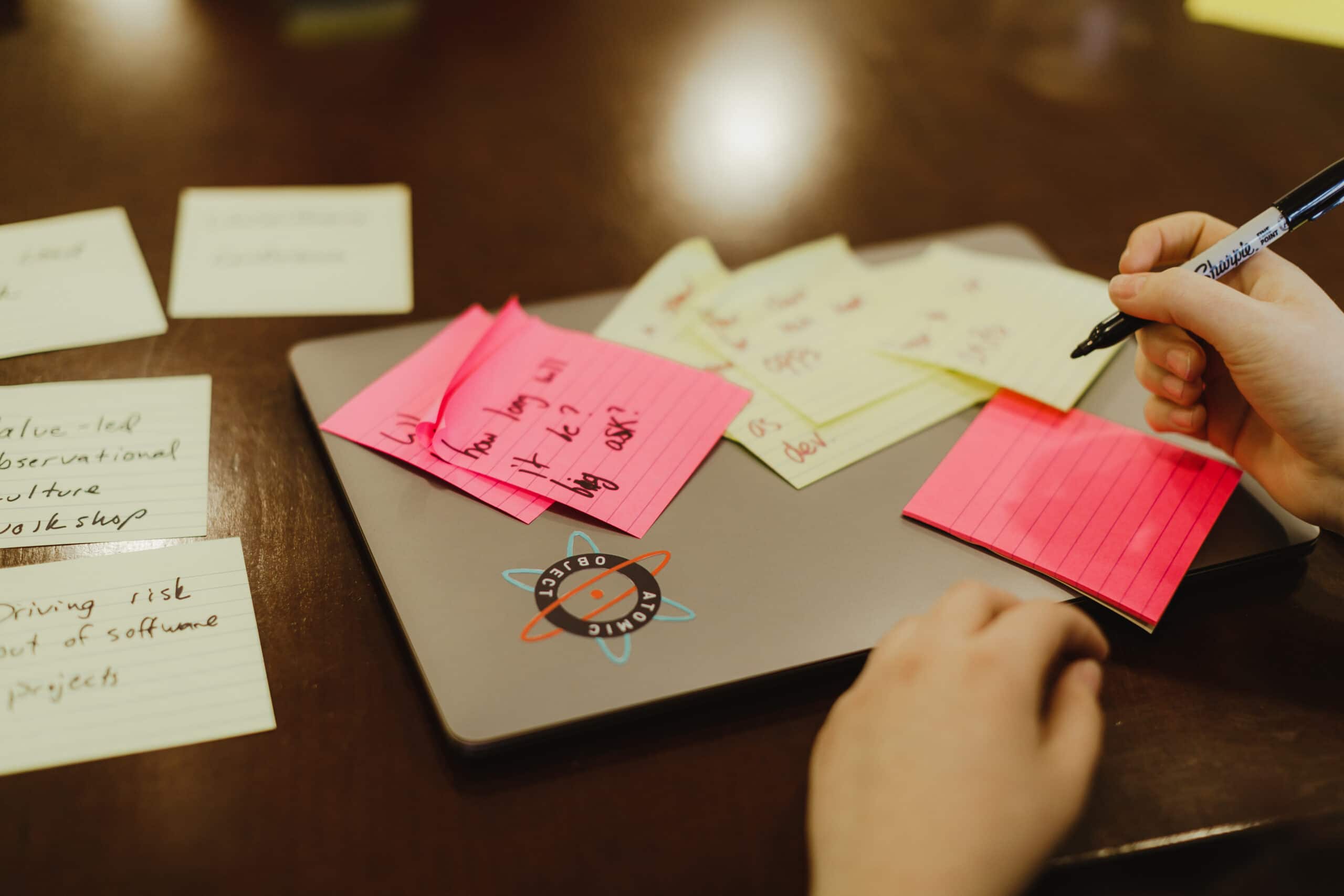The majority of Atomic’s clients are returning customers. They’ve either chosen to extend the period our team will continue work on a product, or we’ve built something for them, went away for a while, and then they re-engaged. Why?
If you were to ask me 10 years ago, I probably would have said it’s because of our value proposition of extremely talented generalists. We still deliver exceptional, quality code and bring best-in-class consulting to our projects, but there are simply more companies like us than ever before.
As I reflect on it now, I chalk up our long list of returning clients to our ability to build goodwill. Goodwill can take a long time to build and it can be destroyed quickly. It’s important to have goodwill when you’re facing tough conversations around scope, budget, or rotating team members. Here are a few ways your team can build goodwill so you can make it through the difficult times.
1. Show progress quickly.
At the beginning of an engagement with a new customer, there is little trust. Most likely they’ve had bad experiences with consultants and software vendors in the past. They are coming in guarded, assuring themselves that they will not fall into the same traps again.
On top of that, teams that build software often need to start with the “boring” stuff. In a greenfield project, we need to build CI/CD pipelines, get repositories set up with core libraries, etc. For an app modernization, we need to dig in to understand the existing system and business rules. It can be easy to turn all of this fantastic and necessary work into a hand wavy explanation of what the team is doing. Don’t do that.
Bring your customer into the deeply technical work your team is doing at the beginning. Demo whatever you can, even if that is CI/CD configuration or the automated tests you’ve created to understand the existing system. You don’t need to make the demoes themselves technical, but help the customer understand how adding automated tests to the legacy app will help us ensure we are bringing the correct functionality into the new system. Or, explain to them how CI/CD will allow the team to easily and repeatably deploy new software with confidence.
2. Learn the business.
One of the most common pieces of positive feedback our clients give us is that they think of our team as part of their organization, not a vendor. This is not an easy feat. It means going above and beyond delivering exceptional code, and it comes from every member of the team.
This happens because our teams take the time to understand the business. We know that clients aren’t spending this much capital on a project if it isn’t going to have a giant impact on their organization. We know that understanding the macro problems our clients are facing will inform how we approach building software for them.
Learning the business starts with understanding the jargon. Learn the acronyms (and there will be acronyms), learn your client’s vocabulary, and use it in conversations. That will build goodwill.
Take time to read about your customer’s core values and their company vision. Make sure you represent their company as if you are one of their own. Tie that vision into the work your team is doing and radiate progress toward that vision.
3. Be a consultant.
Many of our customers have very little or no experience building custom software. When that’s the case, you need to help them understand the impact of every major decision they make.
It might be difficult for them to understand why adding a very flexible search feature will take the team multiple sprints to implement. Build goodwill by helping them understand the nuances of search, such as combining multiple search terms and the cost to maintain a search feature as the system is built out. Tell them the innovative areas of the product where that money would be better spent.
If you can become that trusted advisor, you’ll find that your client will collaborate with you on more and more. They might start pulling you into conversations with executives, which brings the potential to uncover other interesting potential projects.
Build goodwill now to ensure collaboration later.
Every project will face a time when the client-vendor relationship will be tested. If you can build and maintain goodwill with your client, you’ll find that these times will prompt collaboration instead of confrontation. It takes time, but it’s critical to the success of the current project and for future opportunities with your existing customers.

